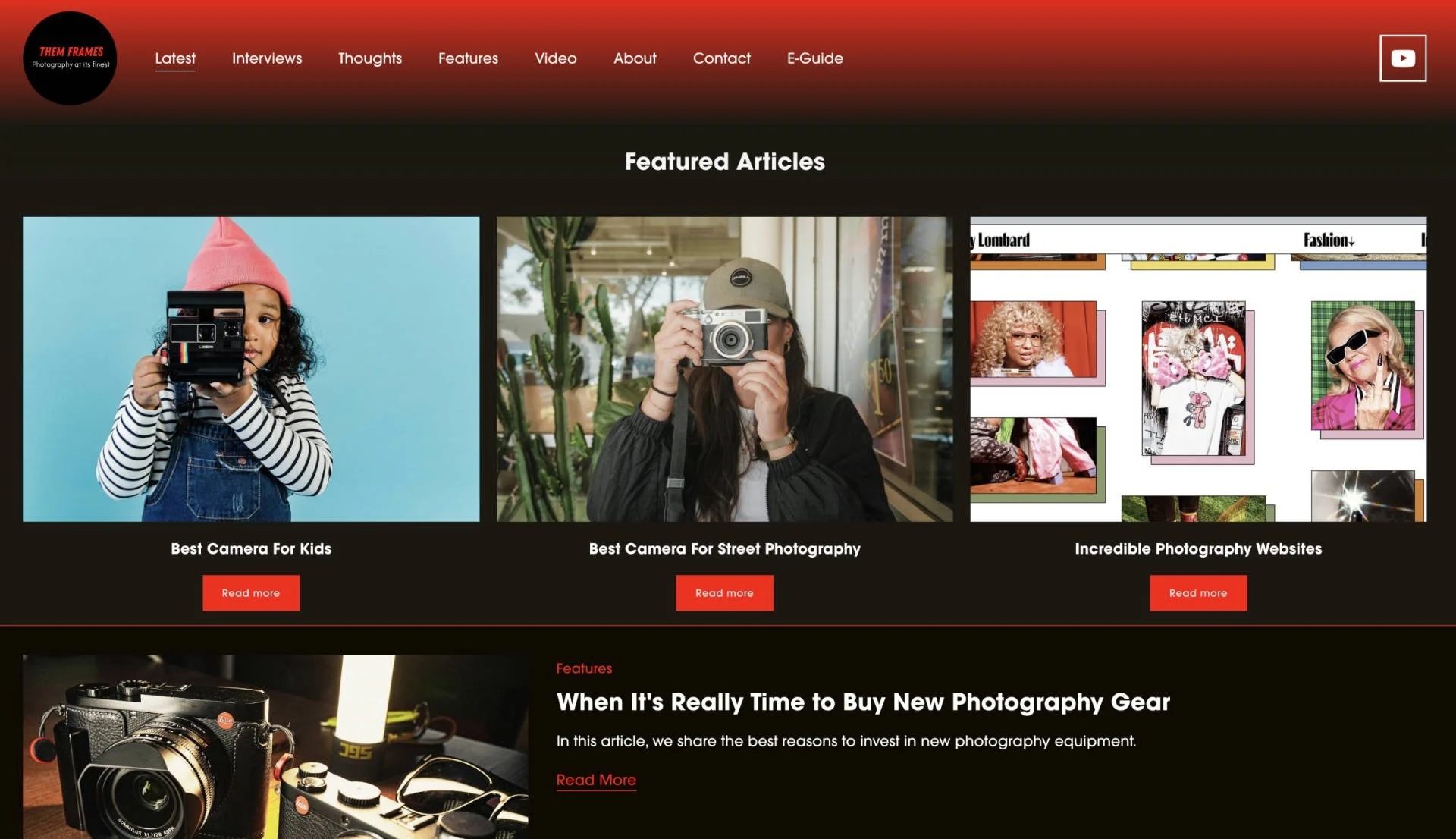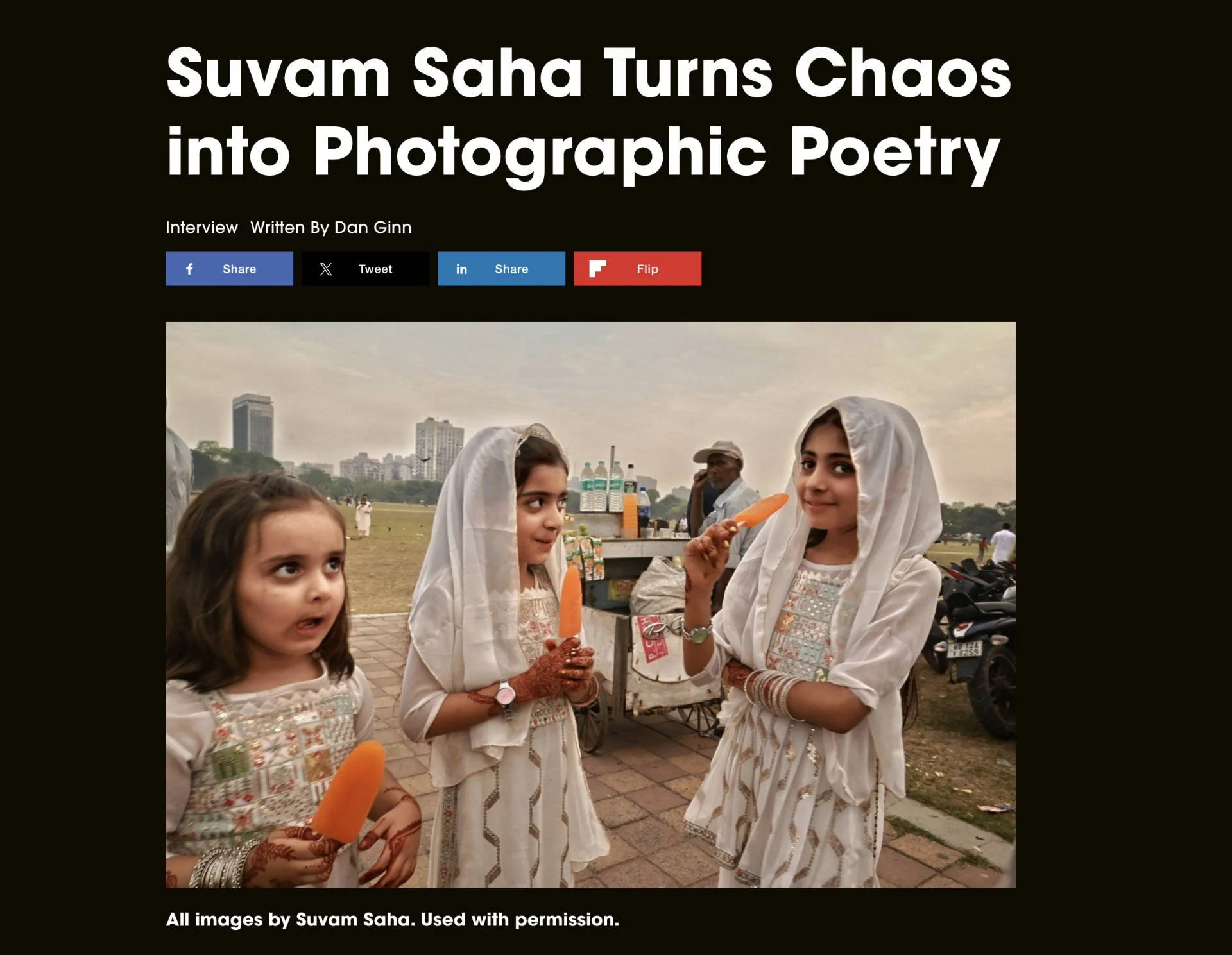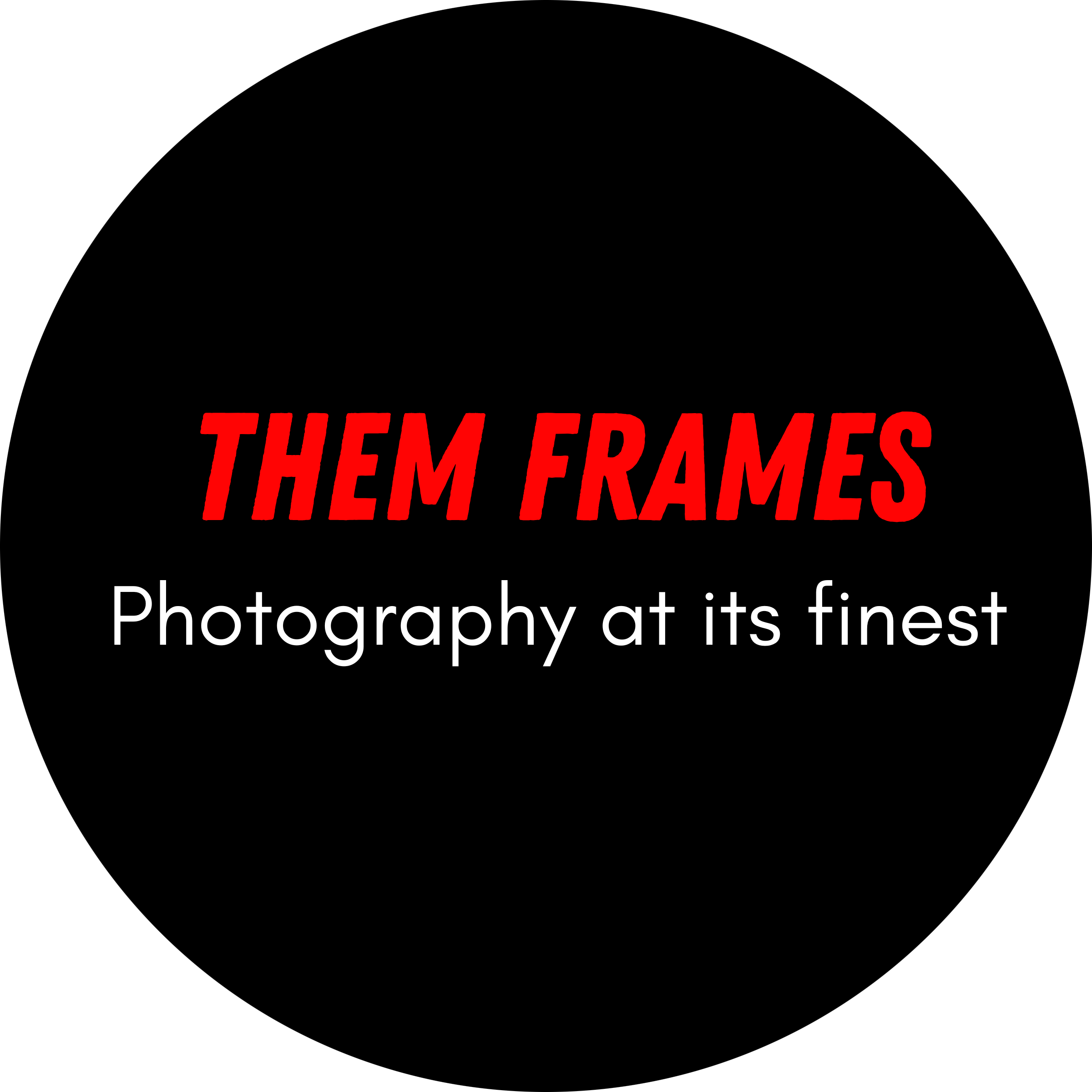
bryanminear.com
The best social media for photographers is where you’ll find most online portfolios. There are, however, several drawbacks to using social media for your photography, which we’re going to explore. We’re also going to cover why it’s a much better idea to create a dedicated website for your work, highlighting all of its advantages.
I get it. The idea of building a website is daunting, with many folks believing it’s out of their skillset. Thankfully, photography website builders like FORMAT and Squarespace have made it much easier for anyone to build an online website for their photography, even without coding skills.
I personally use FORMAT. That’s because it was made specifically for photographers wanting a clean and sleek home for their images. I put my best work on my website and save my b-roll for social media sites. Here’s why…
Full Content Control

Built with FORMAT
With a dedicated website, I get to create the rules of what I can post. I don’t need to follow a huge tech company’s terms of service, nor do I need to worry about someone reporting my content (unless it’s illegal, of course).
Social media has a lot of restrictions, mainly relating to nudity. Platforms are also known to throttle down posts they’re not in favor of, resulting in less reach for your photographs. With a website, you don’t follow the rules, you make them.
People Can’t Repurpose Your Work

Few people read the terms and conditions of social media. But, the likes of Instagram and YouTube make it possible for third parties to repost your work without your permission. That’s because you agree to it when creating an account on said platforms.
When it’s your website, you can disable downloads. You can also put an “Copyright © All rights reserved” notice on your page. This restricts anyone using your work without permission. If they still ignore your request, you’re in a position to take action against them. More often than not, this isn’t possible when posting your photography on social networks.
There’s No Competition

Billions of people use social media and people are sharing millions of photos each day. Your work is literally in a sea of other photography, and very few are able to stand out. You’re constantly in competition and have about a fraction of a second to draw someone’s attention to your work before they move onto something else.
Okay, technically speaking, you’re always in competition with other photographers websites. Whether that’s promoting your website on social media or trying to out rank others on search engines. But, once people arrive at your site, there are no distractions, no other photographers to compete with, just your photography for people to enjoy.
More Presentable

format.com
It’s difficult to keep your social feed in a neat and tidy order. That’s especially true on microblogging platforms like Threads, X and BlueSky. This can make it difficult for people to consume your photography.
With a photography website you can easily divide your work into different galleries and sections. You can use different ways to present your photographs too. You can have one image on screen at a time, create a carousel and even post full-bleed photographs as well. Doing this is a much cleaner way to present your work and more pleasing on the eyes of the viewer.
High Resolution Images

squarespace.com
For anyone unaware, social media platforms compress image quality on their platforms. They do this so they can ensure they have enough space for millions of images on their servers. This won’t be a major issue when on mobile, but if people view your images on large desktop screens the reduction in image quality will be glaringly obvious.
Website builders offer plans that let you upload full resolution images, perfect for large computer monitors. They have plenty of storage space, often terabytes and the likes of SmugMug offer unlimited storage space, so you can post as many images and galleries as you like.
You Can Say More

Your social media bio is a fun, bitesize way to tell the world about you. The downside is that character limits mean you can’t be as expressive as you may wish to be. That goes away with a dedicated website for your photography. You can create an About Me page and say as much or as little about you as you like.
As we pointed out in our How to Build a Modern Wedding Photography Website guide, it’s a good idea to tell a story with your About Me page. Excite people and show them how much you love photography. Adding that emotional element to your website will captivate people’s hearts and you have more chance of getting bookings.
Book Clients More Easily

zenfolio.com
Photographers do get bookings directly through the likes of Instagram, but it’s not without its issues. Messages on social media can go into your “other folder” and with the sea of spam it’s not uncommon for people to miss messages. Potential clients have no clue of your availability either.
With a dedicated website, you can add calendar widgets so potential clients know exactly when you’re available. You can also create a contact form and all messages will go directly to your email. It’s a much smoother way of getting clients and ensuring you don’t miss potential gigs and earnings.
It’s More Secure
How often do you read stories of photographers having their accounts hacked? It’s sadly quite common. All that hard work growing your following, stripped away because of cyber attacks. There are also stories of social media platforms shutting down peoples accounts without warning, and without explanation. You don’t want that to happen to you.
Photography websites use high-grade security to ensure your website and account has the best protection. It’s nearly impossible for hackers to take over your site. They use industry-standard encryption to protect your image files, both when they’re uploaded to their servers and when they’re at rest.
People Take You More Seriously
A dedicated portfolio highlights a photographer’s intent. Anyone can sign up to social media and post some images. But when people see you have taken time to build a website, it instantly makes you look more professional. A website for your photography sets you apart from all the billions of users on social media.
The benefits of this are plenty. It can lead to more bookings, get you more exposure in photography publications and make you more attractive to galleries that may want to exhibit your work. Like it or not, the photo industry still takes photographers with a website more seriously.
How to Drive Traffic to Your Website
Here we’ll cover how you can get eyes on your website. Unlike the likes of Facebook and Instagram, there won’t be billions of active users already on your website. Remember though, as popular as social media sites may be, only a fraction of people will see your photography and that may go up and down depending on algorithm changes.
Below are some best practices to drive traffic to your website…
Blogging

Blogging is still popular, even in the video era. Look at sites like Substack and Medium, as examples. Today’s website builders all have blogging functionality so you can make an in-house blog and drive traffic through Google and other search engines.
You’ll need to learn some basic SEO to get things going. Sites like SEMrush and Ahrefs all have free tools to educate you on search engine optimization. There are plenty of resources on YouTube as well.
Some tips here…
-
Stick to your niche: If you’re a travel photographer write about travel photography. If you shoot weddings, talk about weddings. Nailing down your niche will give you more authority in search engines. If you start throwing in articles like “your day at the park”, over time, it can hurt your ranking.
-
Start easy: Keywords have a difficulty score when it comes to ranking. Start with keywords that aren’t overly competitive but still have enough search volume. 500-1000 searches a month on several keywords can easily get 10,000 people to your website.
-
Be consistent: One article won’t change your world. Be consistent and show search engines you’re not going anywhere. Aim for at least one post per week at the very minimum.
Build a Newsletter

Building a newsletter ensures you can reach people once they leave your website. The reality is many visitors to your site will be one and done. But, if you get them to sign up for your newsletter you can email them with the aim of redirecting them back to your website.
Think of a hook to pull them in. “Sign up for secret photography tips” or “sign up for 20% off your next booking”. There needs to be a motivation for people to hand over their data.
Once you build (and continue building) your subscribers make sure you’re consistent with your newsletter as well. You want to be in people’s minds. Don’t spam them every day but a weekly or bi-weekly newsletter should be enough for them to become familiar with who you are.
Seek Publication

Online photography publications are still popular. The likes of DPReview and PetaPixel are bringing in millions of monthly readers, many others are too. Contact their editors and pitch your photography to them. If they think you have something of worth, they will be happy to feature you.
On top of getting your work in front of eyes around the world, photography blogs will also drop a link to your website. This has two benefits. Firstly, if people click the link it directs them to your photography portfolio. Secondly, the more links you obtain from leading publications, the more authority you carry with Google. This makes your SEO stronger, leading to more website traffic.
Them Frames constantly interviews photographers about their work and creative process. If you think you have something interesting, we encourage you to get in touch.
Singing Off
Hopefully you can now see the benefits to building a website for your photography portfolio. You can still use social media, and no doubt you will see some benefits to doing so. If, however, you want maximum control and plenty of room to scale your photography business, a dedicated website is always the best option.
Remember, I recommend using FORMAT if you’re looking for a home for your photography. They offer very affordable plans and the good news is you can try it for free before committing. There’s a 14-day free trial when you sign up for an account.
What do you use to host your photography portfolio? Would you like help building your website? Let me know in the comments. Thanks for reading.
Editors note: This article contains a small handful of affiliate links. If you use any of the links, Them Frames gets a little kick back which helps run the site.










